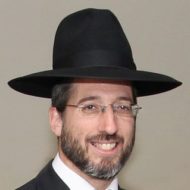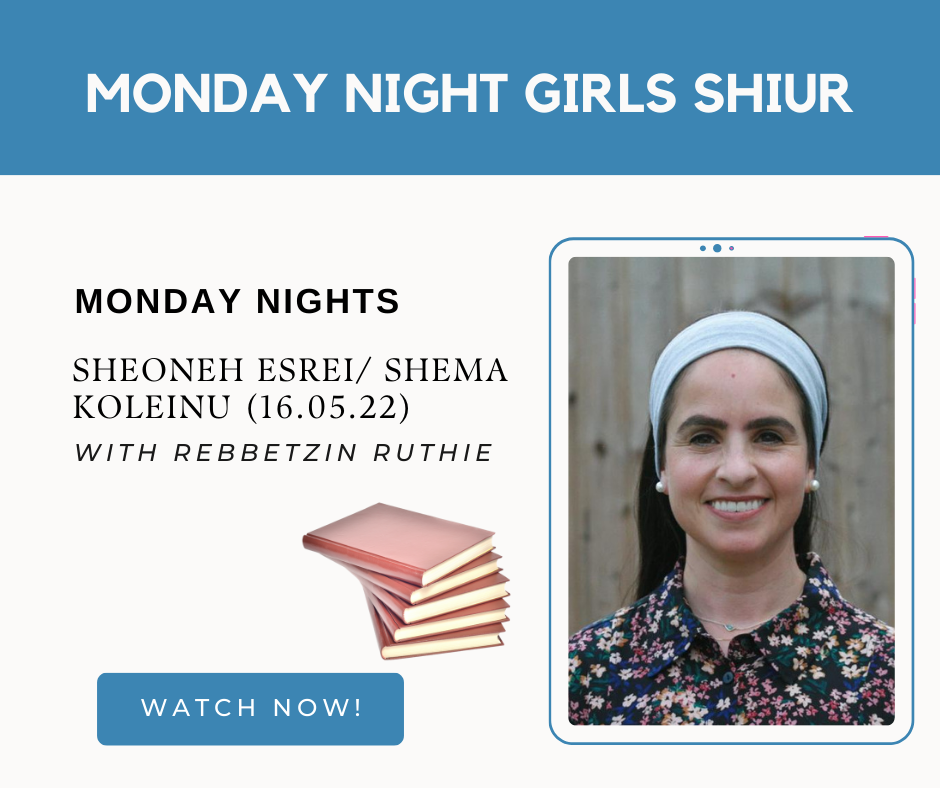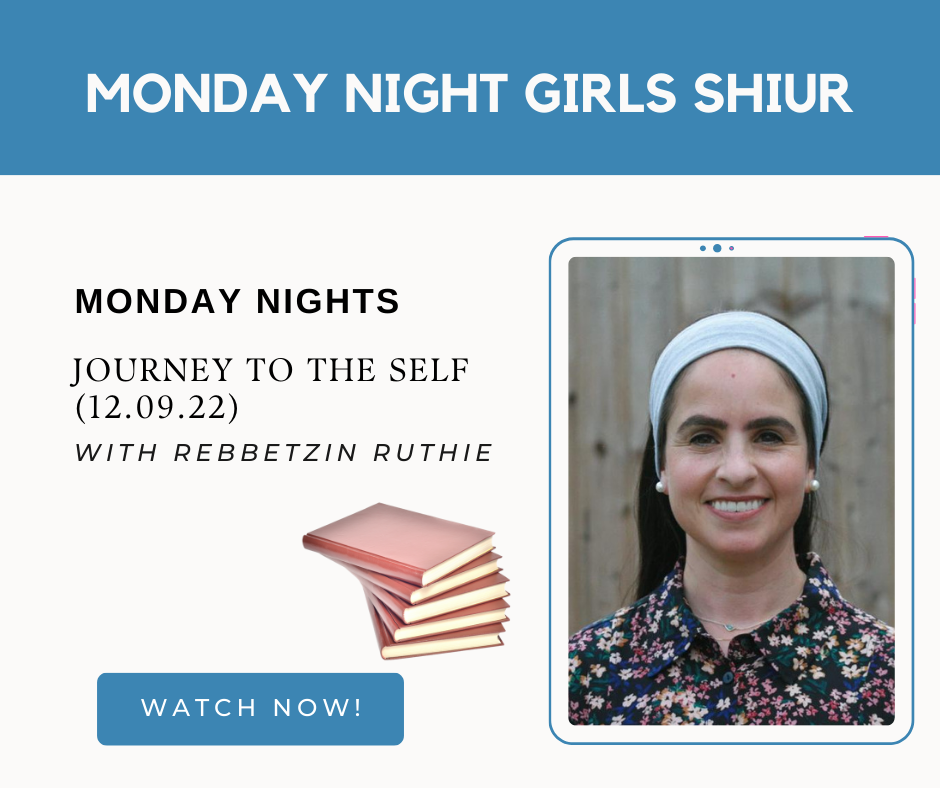
After several attempts by the Midianites to attack and destroy the Jewish people, Hashem instructs Moshe near the beginning of our sedra “To take vengeance for the Children of Israel against the Midianites” (Numbers 31:2). However when Moshe instructs the people, he changes the command slightly. Instead of instructing them to take vengeance for the Children of Israel he instructs them “to take vengeance for Hashem” (Numbers 31:3).
Rashi points out that someone who stands up against the Jewish people is as if he is standing up against Hashem. Another way of viewing the switch is a powerful lesson in love. Hashem’s concern and focus is the honour of the Children of Israel and our concern, as expressed by Moshe, is the honour of Hashem.
To love another is to express concern for and to highlight the good of the other!
We see this expression of love between the Jewish people and Hashem in many places. In our tefillin we praise Hashem and express our love towards Him with the expressions; “Hear O’Israel, Hashem your G-d, Hashem is One . . . Love your G-d with all your heart, soul and might” (Deuteronomy 6:5). The Talmud in Brachot 6b teaches us that Hashem’s “tefillin”, as it were, contain the verse “Who is like Your People of Israel, a most unique nation in the world” (Chronicles I:17:21).
In the Torah, G-d calls the festival of Passover ‘Chag Hamatzot’, the festival of unleavened bread, as an expression of praise to the Jewish people that they were willing to leave Egypt with such speed and enthusiasm to follow G-d into the desert. However, when we refer to the festival we call it ‘Pesach’, Passover which refers to our praise of G-d that he ‘passed-over’ the houses of the Children of Israel on the night of the plague of the first born.
Similarly we find that miracle of the splitting of the Reed Sea is referred to differently by G-d and the Jewish people. We call it the ‘keriyat yam’ (splitting of the sea) which has the nuance of a split from the outside in, referring to G-d as the ‘Outside Force’ that caused the miracle. However, G-d in his Torah calls it ‘bekiyat yam’, which has the nuance that the split came from inside-out. G-d implies that it was the Jewish people that caused the splitting of the sea by their demonstration of faith by entering into the sea. Again this is the lesson that seeing the good in each other builds bonds of love.
We are now in the sad period of The Three Weeks which leads up to the fast of Av, the date when the two Temples were destroyed along with many other national tragedies. The Temple represents the manifestation of G-d’s Presence in the World. The main concentration of G-d’s Presence was between the two figures which faced each other on top of the Holy Ark. The symbolism is clear and powerful! When people face other and look out for each other then we can feel G-d’s Presence in this world.
There is a story told about why G-d chose the particular spot where the Temples were built:
Once there were two brothers who inherited their father’s land. The brothers divided the land in half and each one farmed his own section. Over time, the older brother married and had six children, while the younger brother never married.
One night, the younger brother lay awake. “It’s not fair that each of us has half the land to farm,” he thought. “My brother has six children to feed and I have none. He should have more grain than I do.”
So that night the younger brother went to his silo, gathered a large bundle of wheat, and climbed the hill that separated the two farms and over to his brother’s farm. Leaving the wheat in his brother’s silo, the younger brother returned home, feeling pleased with himself.
Earlier that very same night, the older brother was also lying awake. “It’s not fair that each of us has half the land to farm,” he thought. “In my old age my wife and I will have our grown children to take care of us, not to mention grandchildren, while my brother will probably have none. He should at least sell more grain from the fields now so he can provide for himself with dignity in his old age.”
So that night, too, he secretly gathered a large bundle of wheat, climbed the hill, left it in his brother’s silo, and returned home, feeling pleased with himself.
The next morning, the younger brother was surprised to see the amount of grain in his barn unchanged. “I must not have taken as much wheat as I thought,” he said, bemused. “Tonight I’ll be sure to take more.”
That very same moment, his older brother was also standing in his barn, musing much the same thoughts.
After night fell, each brother gathered a greater amount of wheat from his barn and in the dark, secretly delivered it to his brother’s barn. The next morning, the brothers were again puzzled and perplexed. “How can I be mistaken?” each one scratched his head. “There’s the same amount of grain here as there was before I cleared the pile for my brother. This is impossible! Tonight I’ll make no mistake – I’ll take the pile down to the very floor. That way I’ll be sure the grain gets delivered to my brother.”
The third night, more determined than ever, each brother gathered a large pile of wheat from his barn, loaded it onto a cart, and slowly pulled his haul through the fields and up the hill to his brother’s barn. At the top of the hill, under the shadow of a moon, each brother noticed a figure in the distance. Who could it be? When the two brothers recognized the form of the other brother and the load he was pulling behind, they realized what had happened and embraced. It was on this spot that G-d chose to build the Temple.
The Temple was destroyed and remains destroyed in our generation because of baseless hatred (Talmud Yoma 9b). To rebuild the Temple we must build bonds of love and concern for each other.
Shabbat Shalom.
Rabbi Alan Garber







